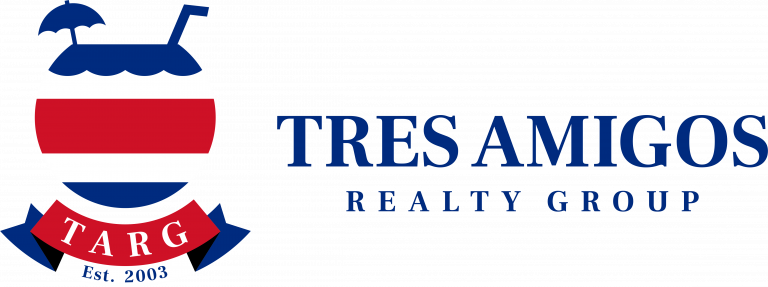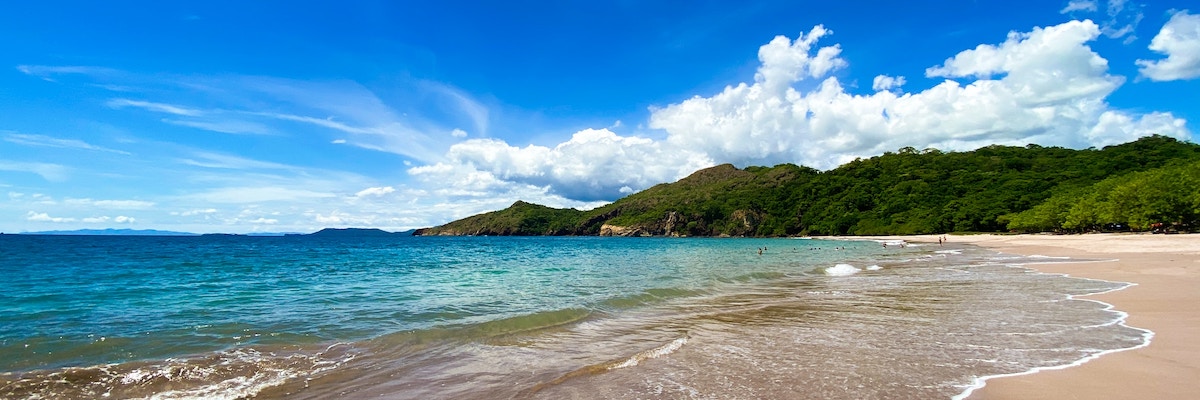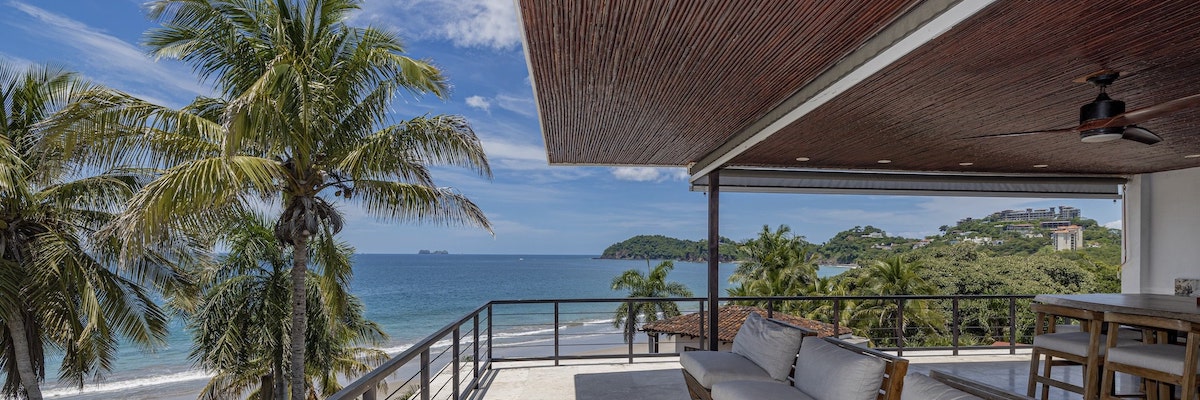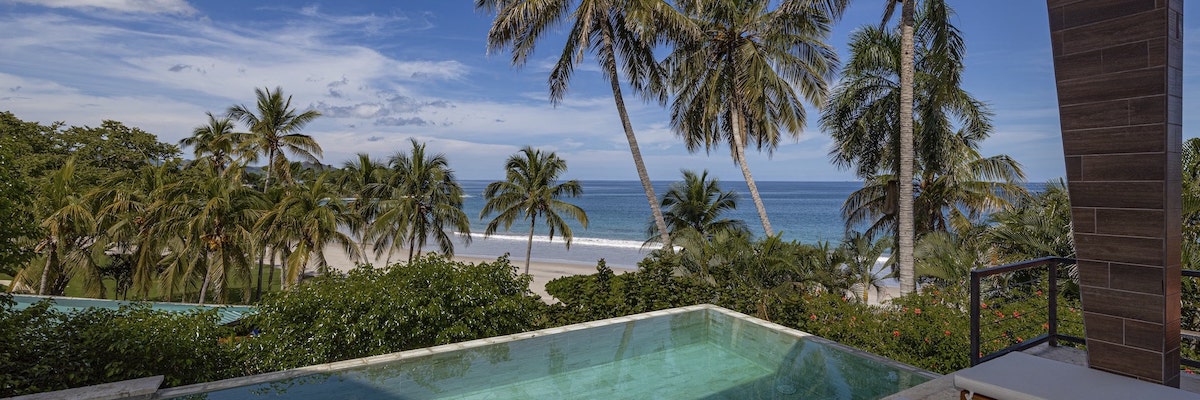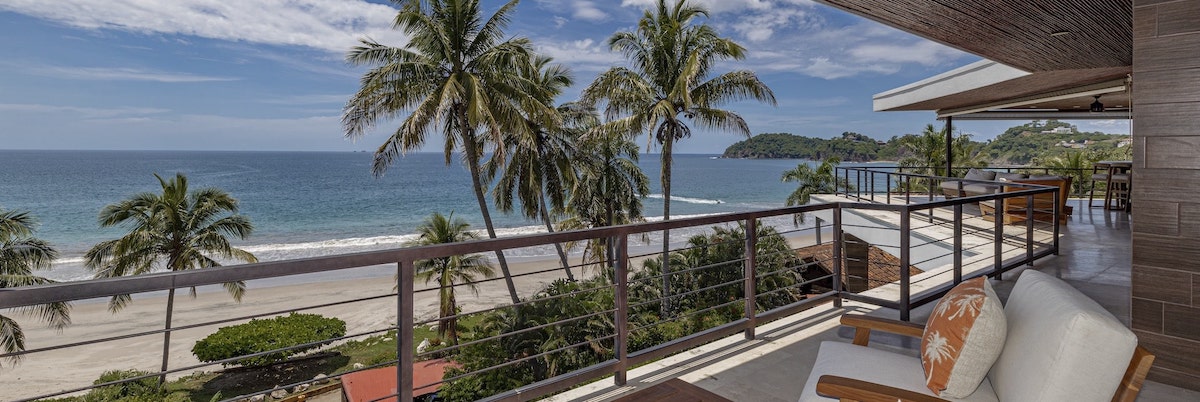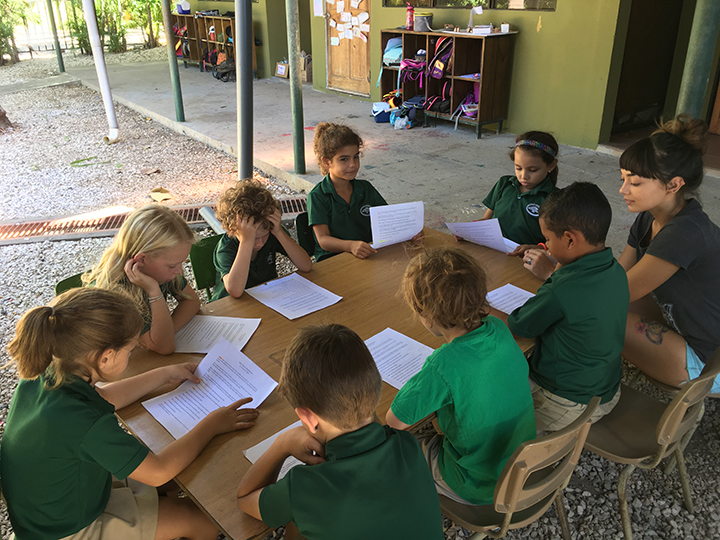 Costa Rica Places a Heavy Emphasis on Education
Costa Rica Places a Heavy Emphasis on Education
Education in Costa Rica, including the Papagayo region, is overseen by the Ministry of Public Education (Ministerio de Educación Pública or MEP). Costa Rica places a strong emphasis on education, and there are both public and private schools throughout the country. Educational landscapes can evolve, so it is advisable to check for the latest information from local authorities or educational institutions.
Overview of Schools in Costa Rica
-
Public Schools:
- Public education in Costa Rica is free and compulsory for children aged 6 to 12.
- The Ministry of Public Education oversees public schools, and the curriculum is standardized across the country.
- Public schools are typically Spanish-speaking and follow the national curriculum.
-
Private Schools:
- Private schools in Costa Rica often offer bilingual education, with instruction in both Spanish and English.
- Many private schools follow international curricula or use educational systems from the United States or Europe.
- Private schools may provide a more diverse range of extracurricular activities and amenities compared to public schools.
-
International Schools:
- In regions with a significant expatriate population, such as Papagayo, there may be international schools catering to students from various nationalities.
- International schools often offer curricula such as the International Baccalaureate (IB) or other globally recognized programs.
- These schools may have a multicultural environment and English as the primary language of instruction.
-
Considerations for Papagayo Region:
- The Papagayo region, known for its tourism and expatriate communities, has educational institutions that cater to the needs of international residents.
- Some private and international schools in the area may offer programs in English or other languages commonly spoken by the expatriate community.
- Availability and quality of educational facilities can vary, so it's advisable for parents to research and visit schools to make informed decisions.
- Language of Instruction: While Spanish is the primary language of instruction in most schools in Costa Rica, bilingual and international schools often provide education in English or other languages.
- Extracurricular Activities: Schools in Costa Rica, including the Papagayo region, often offer extracurricular activities such as sports, arts, and cultural programs. International schools may provide a broader range of extracurricular options to cater to the diverse interests of their students.
- Educational Standards: Costa Rica places a high value on education, and the country has achieved relatively high literacy rates. The national curriculum is designed to meet educational standards.
- Community and Parental Involvement: Parental involvement in education is encouraged, and schools often have mechanisms for parents to participate in school activities and decision-making processes.
The education system in Costa Rica, including the Papagayo region, provides options ranging from public schools to private and international institutions. Parents should consider their children's language preferences, educational needs, and extracurricular interests when choosing a school. It's advisable to visit schools, speak with educators, and gather information to make an informed decision based on the specific requirements of the family and the educational offerings available in the region. For the latest and most accurate information, contacting local educational authorities or schools directly is recommended.
More Educational Resources
Be sure to see our list of public and private schools in the Playas del Coco area.
**photo courtesy of La Paz school in Brasilito
